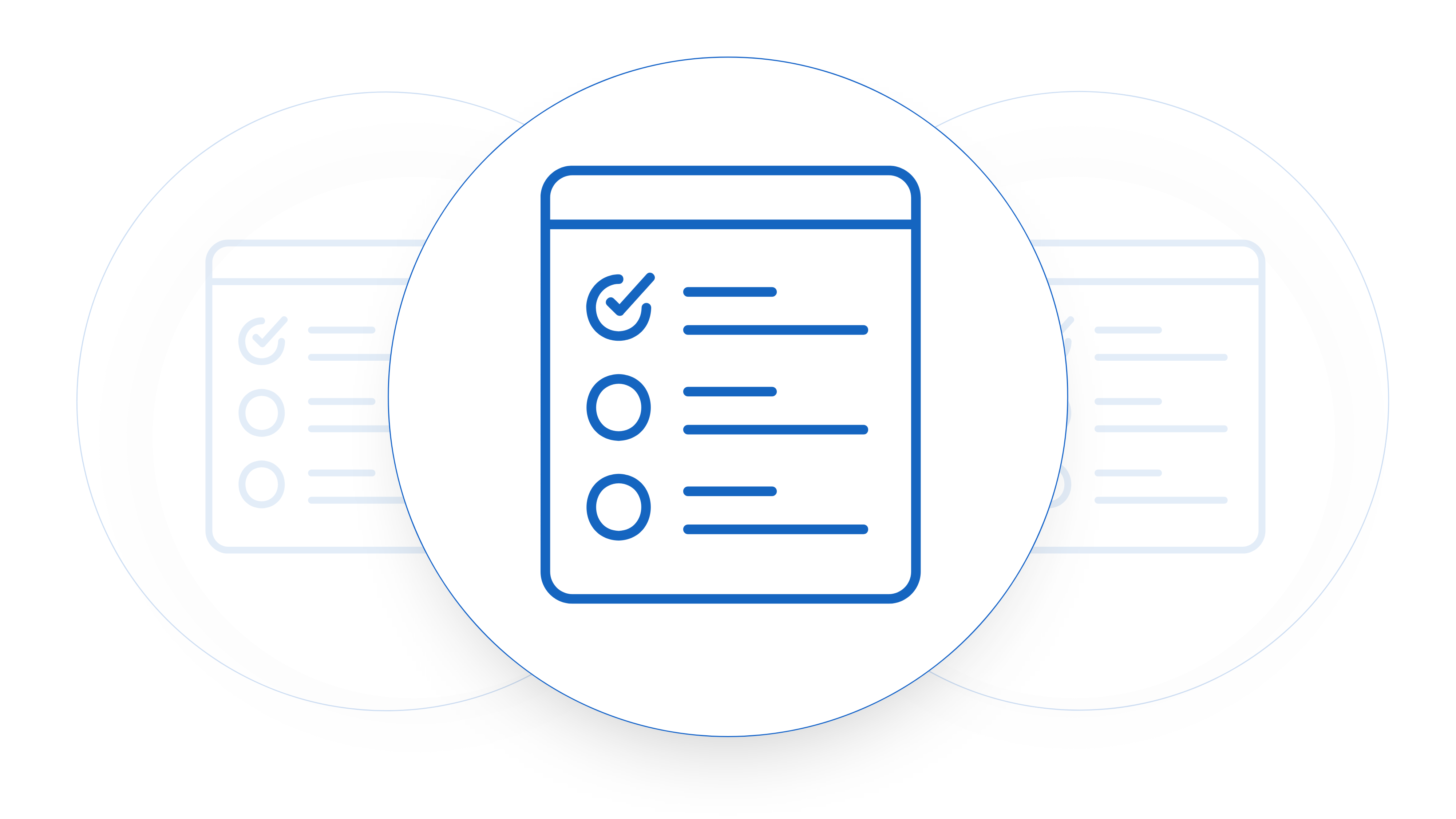Software as a service has been a business model that seemingly popped up out of no where and has suddenly started to eat the world as investor Marc Andreessen once famously said. The reason for this is the stability and predictability of the recurring revenue model. To understand this and properly report on it you need to know the difference between ARR and contract value. Something that startups often get wrong. Small to medium-sized tech startups often have difficulty with how they structure their pricing in contract negotiations. Aiming to boost selling their product, getting customers onboarded and expedite sales cycles. In the initial phase of getting started with your first customers. Founders must develop an indispensable understanding of key revenue metrics. Today, we dig into two crucial metrics shaping startup finances – ARR (Annual Recurring Revenue) and contract value.
What is ARR (Annual Recurring Revenue):
1. Understanding the Basics:
ARR, or Annual Recurring Revenue, operates as a core goal for most startups that are selling software. The subscription based method of selling essentially encapsulates the predictable and recurring revenue a business can foresee. Annually from its subscription-based clientele.
2. Calculating ARR:
The calculation of ARR involves a straightforward process – businesses multiply their Monthly Recurring Revenue (MRR) by 12. This annualized figure provides a comprehensive overview of the expected revenue stemming from existing subscriptions. It can also be used to calculate a lot of other metrics in your startup like the increasingly popular rose metric.
3. The Significance for Startups:
For startups, ARR isn’t merely a metric; it’s a strategic north star metric. This figure offers a snapshot of the annual revenue stream that startups can depend on from their current subscription contracts. This, in turn, aids in financial planning and forecasting as it gives you a finger on the pulse of if you’re effectively adding on enough revenue to continue growing. The stability reflected in recurring revenue indicates that ARR is likely the most dependable number in your business for predicting and planning future business growth.

Contract Management Made for Startups
Set Tasks, Negotiate Faster
Then What’s Contract Value:
- Defining Contract Value: In contrast to the view offered by ARR, contract value can be quite different in terms of specifics of individual deals. This metric represents the total value within a specific contract or deal with a customer. Covering the total revenue expected over the entire duration of that particular contract. This includes any non-recurring parts of the contract. Think about things like onboarding fees, SSO fees, one off implementation fees. All of these are part of the contract value but they are not recurring costs.
- Simple Calculation: The calculation for contract value is uncomplicated – it’s merely the total amount agreed upon in a specific contract. This straightforward figure gives businesses with a clear understanding of the immediate revenue impact stemming from a particular deal.
- Practical Implications: Contract value assumes significance, especially for startups aiming to gauge the short-term revenue (and short-term cashflow) potential within a customer relationship. It provides valuable insights into the total revenue associated with a specific contract, facilitating immediate and informed financial decision-making.
Understanding the Differences
- Scope and Scale:
- ARR: A broad metric providing a collective view of total annual recurring revenue (or tracked monthly recurring revenue multiplied by twelve) from all subscription contracts.
- Contract Value: Specific to an individual contract, reflecting the total revenue associated with that particular deal.
- Timeframe:
- ARR: An annualized metric, offering a yearly perspective on recurring revenue.
- Contract Value: Reflects the total revenue over the duration of a specific contract, a timeframe that may be shorter or longer than a year.
- Use Cases:
- ARR: Utilized for comprehensive business planning, financial forecasting, and understanding the inherent stability of recurring revenue.
- Contract Value: Valuable for assessing the immediate revenue impact of a specific deal, playing a pivotal role in short-term financial decision-making.
How This Effects Your Reporting
Identifying the Annual Recurring Revenue (ARR) of a SaaS business is the main part of building one of the most common reports for a SaaS startup – an MRR (Monthly Recurring Revenue) waterfall report and reporting to investors. ARR provides a broader and more overall view of a SaaS company’s revenue than just looking at MRR on a monthly basis. Here’s how identifying ARR affects the reporting process:
1. Investor Perspective:
Investors often prefer to see both MRR and ARR figures when evaluating a SaaS company’s financial health and growth prospects. ARR offers a longer-term perspective, which can help investors assess the company’s revenue stability and potential for sustainable growth.
2. Annualized View:
ARR is calculated by multiplying the monthly recurring revenue (MRR) by 12, representing the annualized value of recurring revenue from existing customers. It accounts for the fact that SaaS businesses aim to maintain customer relationships beyond a single month. Keep in mind that if a contract is three years long the ARR of that contract is the value of the first year. If it grows in the second and three years that will be higher ARR in those years respectively.
3. Reporting Consistency:
Including ARR in your MRR waterfall report ensures consistency and alignment between your monthly and annual reporting. It helps investors understand how monthly trends contribute to the company’s yearly performance. Don’t try and categorize total contract value as ARR. If you have customer who has signed up for a three month pilot you should consistently call out this in your reporting so you’re not misconstruing your financial growth.
4. Predictive Insights:
ARR provides insights into the company’s revenue expectations for the year, which can be valuable for forecasting and planning. This predictive element helps investors gauge future revenue growth and scalability. Use your ARR report to build your metrics out such as Net Revenue Retention.
5. Seasonal Trends:
Some SaaS businesses experience seasonality, where certain months yield higher or lower MRR due to customer behavior or industry trends. ARR can help smooth out these variations, giving investors a clearer picture of the overall revenue trajectory.
6. Churn Impact:
By looking at ARR, investors can better assess the impact of churn on your business over a longer period. It allows for a more accurate evaluation of customer retention strategies and their effectiveness.
When reporting to investors using an MRR waterfall report, it’s common to include both MRR and ARR figures to provide a comprehensive overview of your business’s financial performance. Here’s how you might incorporate ARR into the report:
- Starting ARR: This is the ARR at the beginning of the reporting period, just like Starting MRR in the MRR waterfall report.
- New ARR: This represents the annualized value of new customer subscriptions acquired during the reporting period.
- Expansion ARR: Similar to Expansion MRR, this includes the annualized value of additional revenue generated from existing customers through upgrades or add-ons.
- Contraction ARR: Reflects the annualized decrease in revenue due to existing customers downgrading or reducing their subscriptions.
- Churn ARR: The annualized value of lost revenue due to customer cancellations during the reporting period.
- Ending ARR: This is the ARR at the end of the reporting period, calculated by adding Starting ARR, New ARR, Expansion ARR, and subtracting Contraction ARR and Churn ARR.
- Net ARR Change: The difference between Ending ARR and Starting ARR, indicating whether the company’s ARR increased or decreased during the reporting period.
- Net ARR Growth Rate: The Net ARR Change expressed as a percentage of the Starting ARR to calculate the ARR growth rate.
Including ARR in your MRR waterfall report and investor communications provides a more overall view of your SaaS company’s financial performance and helps investors make informed decisions about your growth potential and sustainability.
Using Contracts As Your Data Source
In the middle of pulling out metrics from your company you’ll likely get lost in the maze of where to get this data from. Contract Sent has been built with the core idea of having contracts be your source of truth for your reporting. Built by startups for small to medium-sized tech startups, Contract Sent offers a contract management software tool that pulls out the annual recurring value and total contract value from your contracts so it’s easily accessible for your reporting. This tool helps businesses to streamline contract negotiations, efficiently manage legal teams, and provides senior leaders with a comprehensive overview of progress.
The difference between ARR and contract value lies in their scope, timeframe, and practical applications. It’s something that is often pulled up in early stage due diligence when startup founders are trying to stuff everything they can into ARR numbers and it won’t fly. You need to consciously separate out anything that isn’t recurring. While ARR paints a broad picture of annual recurring revenue, contract value is also very useful as it zooms in on the specifics of individual deals and how they contribute to cashflow. Together, these metrics play important roles in guiding strategic decision-making and financial planning throughout a startup’s journey.











